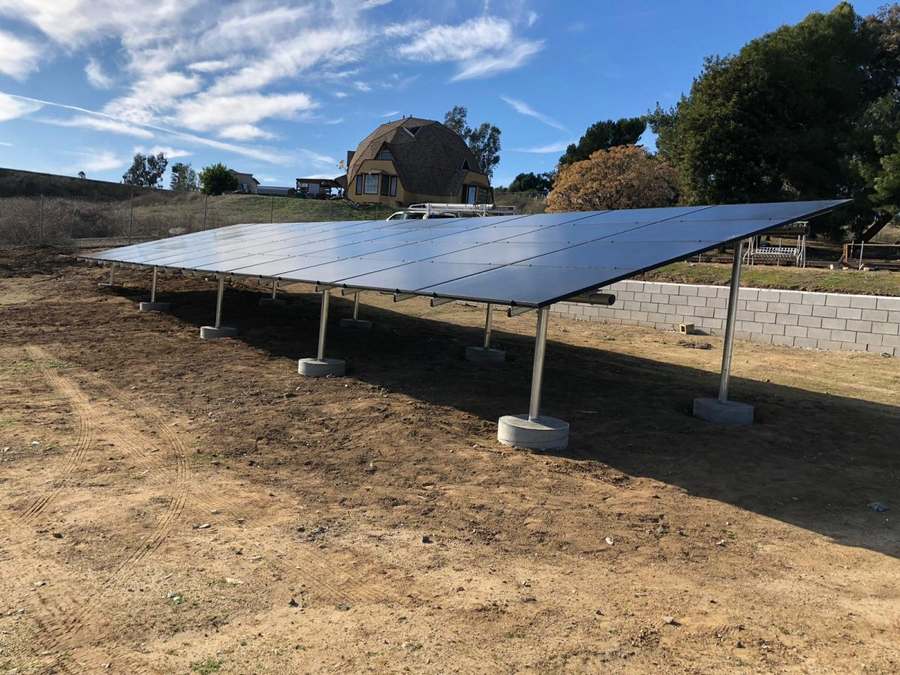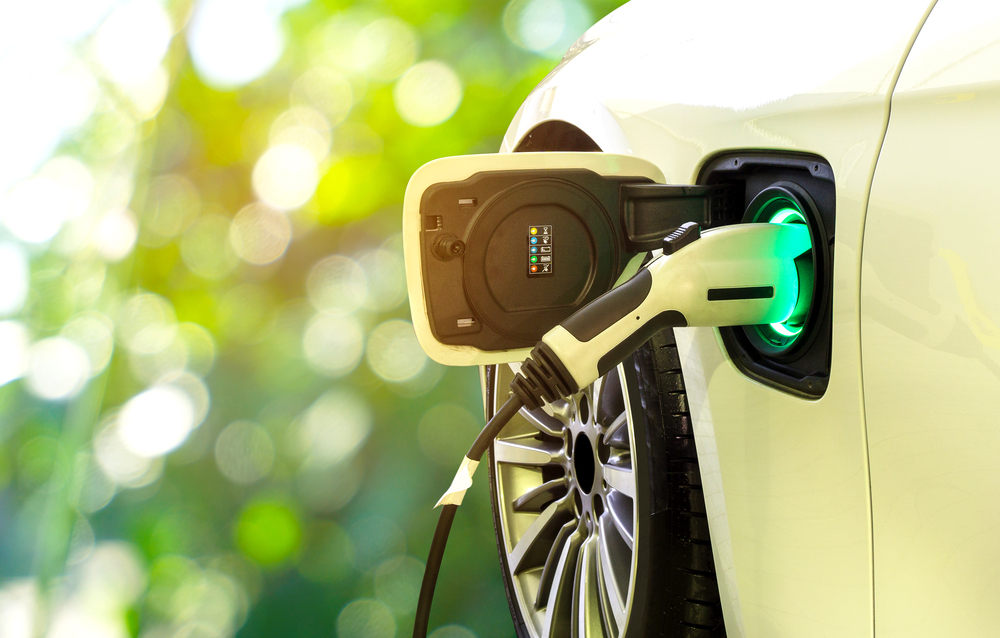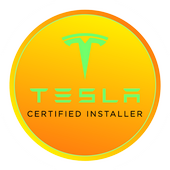
As more and more homeowners adopt solar power as their primary source of energy, the possibility of the world becoming more eco-friendly is becoming an attainable reality. People are making the switch to both solar panels and electric vehicles, transitioning the U.S. to a more electric-reliant country. Electrification is a vital element to the carbon reduction plan. This blog will go over what electrification is and where the future of energy is headed.
What is Electrification?
The concept of electrification is built on one principle: the goal of transitioning everything to being powered by electricity. During these times, a great sum of things are not powered by electricity yet. For example, the majority of cars are still powered by gasoline. Under the concept of electrification, people should transition away from gasoline-powered vehicles and switch to vehicles powered by electricity.
Why is Electrification Important?
Electrification is a major stepping stone toward the path of eliminating carbon emissions. A dozen states have committed to either 100% clean energy or zero-emission targets. These commitments will require effort across all sectors to be successful. Switching to renewable energy to reduce emissions in the electric-powered sector is just one piece of the puzzle. It’s a difficult goal to reach; however, if electrification were able to take over as the primary energy source, carbon emissions would dramatically go down, paving the path to a brighter, cleaner future.
What Would it Take to Electrify Everything?
To take forth the plan of electrification, adopting a suite of different technologies across sectors is required. Although these technologies exist today, they haven’t been widely adopted. To electrify everything, you should expect to see the electrification of the following in the near future:
- Heating and cooling – Parts of the country with a high demand for heating often rely on natural gas, propane, or oil for their heating needs. However, a number of technologies exist today that offer an electrified alternative to fossil-fuel-powered heating systems, like air source heat pumps, resistance heating, and ground source heat pumps.
- Transportation – The transportation sector accounts for the largest contributor to greenhouse gases. The solution for transitioning away from fossil-fueled vehicles is electric vehicles!
- Industrial processes – Industrial processes require the largest amount of electricity than any other sector. However, this area seems suitable for the use of hydrogen. By using renewable resources to power a fuel cell, one can create clean, liquid hydrogen, which can power industrial processes or vehicles much the same way as fossil fuels, but without the emissions.
Meeting Increased Electrification Demands
You must be asking yourself: what’s the point of electrifying everything if we continue to have electricity grids that are powered by fossil fuels? This would mean that all of this effort is for naught. That’s why it’s essential that we meet electrical demands with the use of renewable energy sources like solar and wind. With more and more people supporting the use of solar energy and renewable energy sources, the possibility of electrifying everything with clean sources seems possible.
Electrifying everything seems like a difficult goal; however, with more and more people going solar, a greener planet seems less like a dream and more like an approximate reality! We hope this blog helped you understand the concept of electrification and see where the future of energy is headed. If you think you’re ready to take the first step toward electrification with renewable sources, give Sunlight Solar a call at (858) 360-8295 or click here for a free quote.







